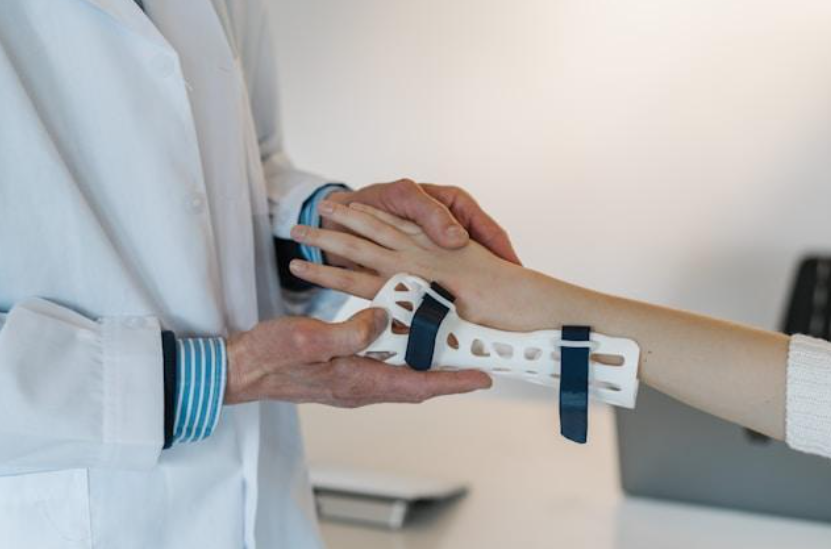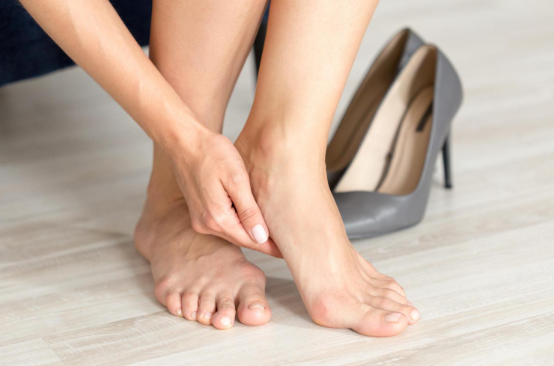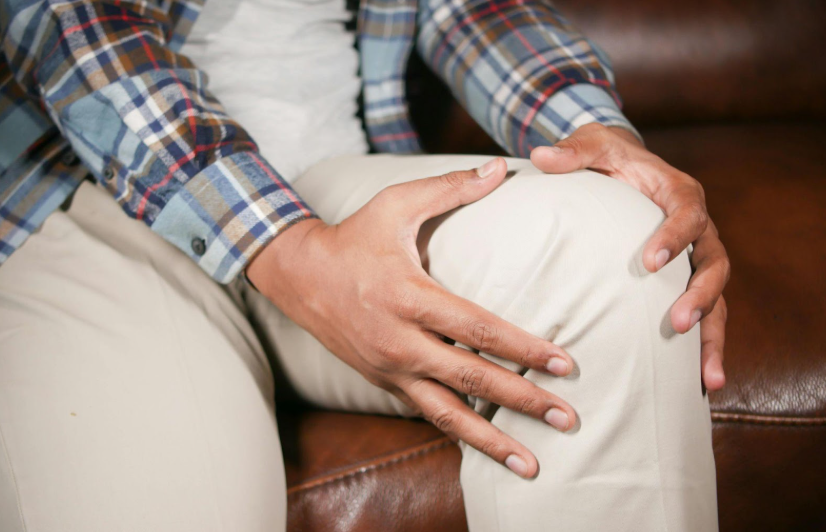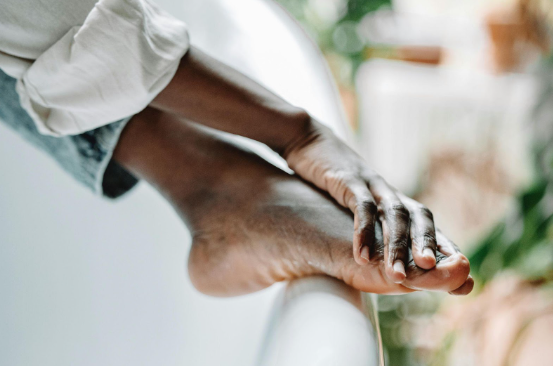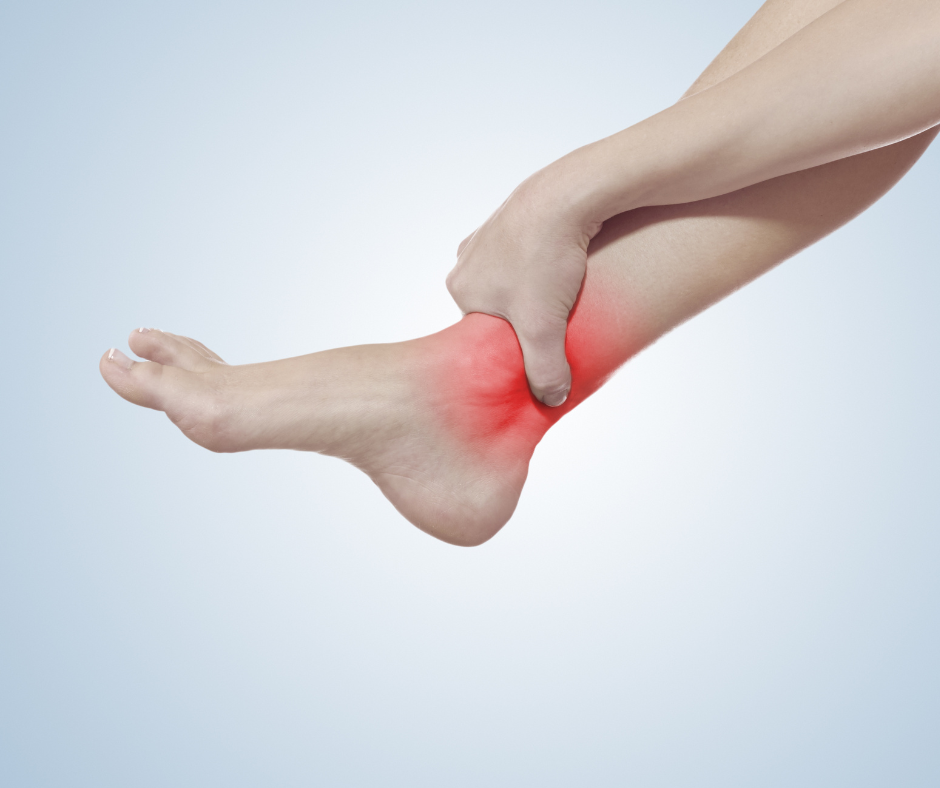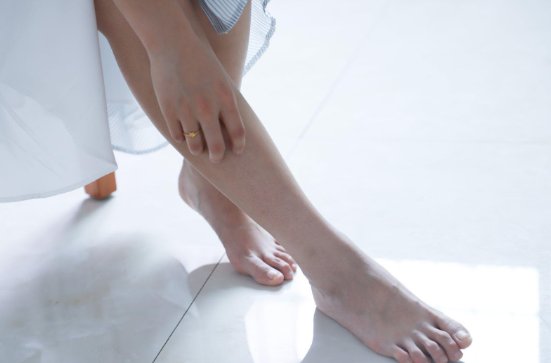POST-SUMMER KNEE HEALTH: TIPS FOR RECOVERING FROM SEASONAL ACTIVITIES
Post-Summer Knee Health: Tips for Recovering from Seasonal Activities
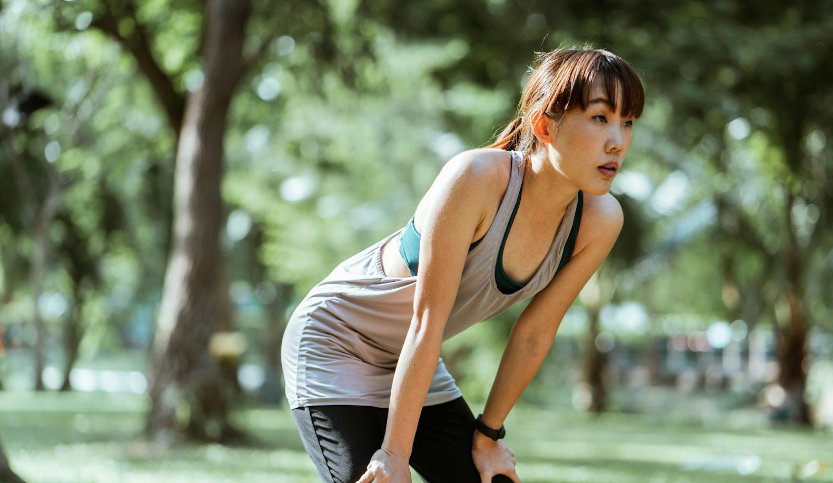
As summer winds down, many of us look back fondly on the season's adventures. Whether you've spent your days hiking, biking, swimming, or playing sports, your knees have likely been through a lot. Because of this, it’s likely time they receive some care and attention.
Here are some tips to help you recover and maintain healthy knees after an active summer.
Recognize the Signs of Overuse
After a season packed with activities, the first step is simply to listen to your body. Pay attention to any signs of overuse or strain, especially in your knees. Common signs of strain include the following:
- Pain or Tenderness: This might occur around the kneecap or in the joints.
- Swelling: Fluid buildup can cause your knee to look puffy.
- Stiffness: Difficulty bending or straightening your knee could indicate an issue.
- Weakness: Your knee might feel like it’s about to give way under pressure.
If you experience any of these symptoms, it’s your body’s way of signaling to you to take a step back and rest.
Prioritize Rest and Recovery
Taking a break from high-impact activities gives your knees the time they need to heal. Incorporate rest days into your routine and avoid pushing through pain.
Applying ice to your knees can help reduce inflammation and numb the pain. Raise your legs to decrease swelling by resting them on pillows or folded blankets. Try to ice your knees for 20 minutes every few hours during the first couple of days post-activity.
Gentle Stretching and Strengthening
Once initial swelling and pain have gone down, gentle stretching and strengthening exercises can aid recovery. These exercises help improve flexibility and build muscle around the knee, providing better support.
Stretching Exercises
For a good hamstring stretch, sit on the floor with one leg out and one bent. Reach towards your toes on the straight leg, trying to keep both your back and leg straight. With all stretches, try to hold the position for at least 30 seconds before you come out of it. Do the same to both legs so both hamstrings get equal treatment.
To stretch your quadriceps, stand on one leg. You can make this easier to do by using a chair or wall to balance. On the leg you’re not standing on, grasp your ankle and try to pull your heel towards your backside. Again, hold it for at least 30 seconds before doing the same on the other side.
Strengthening Exercises
Stretching is always best to do first so that your muscles are warmed up and ready to go. Once you’re done stretching, try a few strengthening exercises for your knees:
- Straight Leg Raises: Lying on your back, bend one leg and have the other out straight. Lift the straight leg so that it lines up with the bent knee, hold it there for a few seconds, then lower back down nice and slow until you hit the ground. Try to do this around 10–15 times on each leg.
- Wall Sits: It’s likely you already know this exercise—make an imaginary chair! With your back against the wall and feet shoulder-width apart, slide down to a sitting position or so that the top half of your legs are parallel to the floor. Hold it there for a solid 30 seconds before coming out. When 30 seconds is easy, start increasing the time you hold it for by five seconds or so. Wait until it’s easy before raising the time again.
Maintain a Healthy Weight
Your knees can take a beating from extra weight. Because of this, try to maintain a healthy weight by eating fruits, vegetables, lean proteins, and whole grains. Staying hydrated also supports joint health.
Try Low-Impact Activities
While your knees are recovering, switch to low-impact activities that keep you moving without adding stress to your joints. Here are a few more common low-impact activities:
- Swimming: Swimming is excellent for maintaining fitness while giving your knees a break. The buoyancy of water reduces impact and supports your body, making it easier on your joints.
- Cycling: Cycling, especially on a stationary bike, provides a good workout with minimal knee strain. Adjust the seat height so your legs are comfortably extended without locking your knees.
- Walking: Walking on flat, even surfaces is a gentle way to stay active. Wear supportive shoes to minimize impact and avoid steep inclines until your knees are fully recovered.
Use Supportive Gear
Using supportive gear can take stress off your knees during recovery and future activities and can come in the following forms:
- Knee Braces: Knee braces provide stability and support, especially if you’re returning to sports or high-impact activities. Consult a healthcare professional to find the right type of brace for your needs.
- Proper Footwear: Shoes that have arch support and cushioning can make a world of difference. If your shoes are worn out, throw them away and instead go for a pair that has the right support for your activities.
Consider Professional Help
If knee pain persists or worsens, consider seeking professional help. A healthcare provider can diagnose the issue and recommend appropriate treatments, such as physical therapy or medication.
A physical therapist can create a tailored exercise plan to strengthen your knees and improve flexibility. In some cases, though, medical intervention may be necessary. This could include anti-inflammatory medications, corticosteroid injections, or, in severe cases, surgery. Your healthcare provider can help you determine your best course of action.
Stay Consistent with Maintenance
Recovering from knee strain requires ongoing maintenance. In the end, it’s always important to pay attention to how your knees feel. If you notice any discomfort or pain, take a break and assess the situation. Treating minor issues early can mean that they don’t blossom into huge problems down the road.
If you think your knees could use some professional attention, our team at
AZ Ortho can help. Don’t wait until the pain gets worse—contact us today and find relief.
